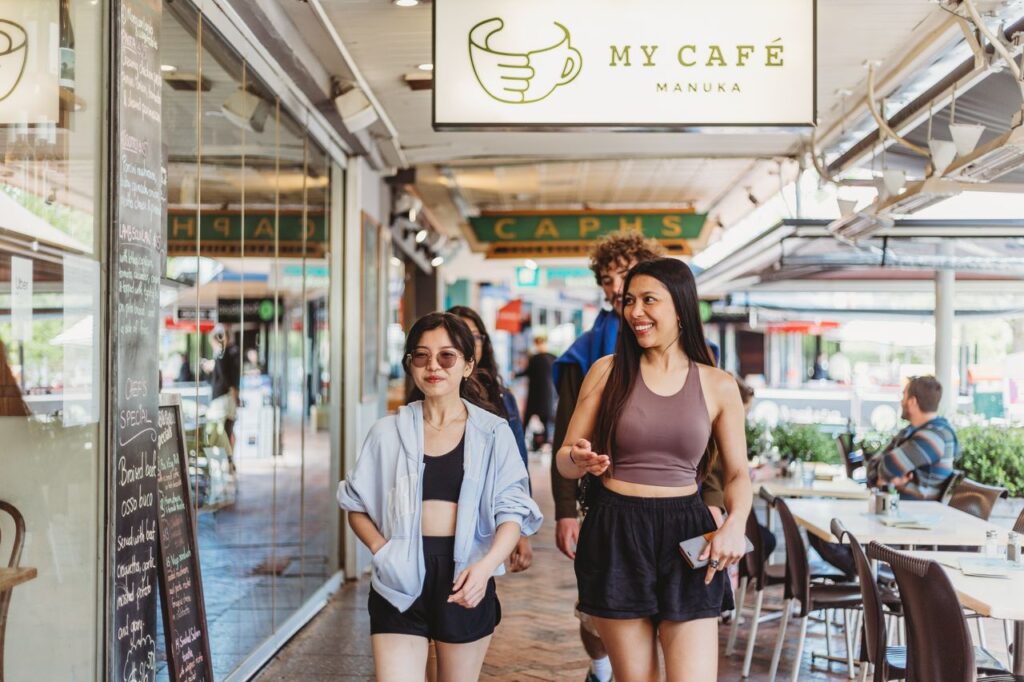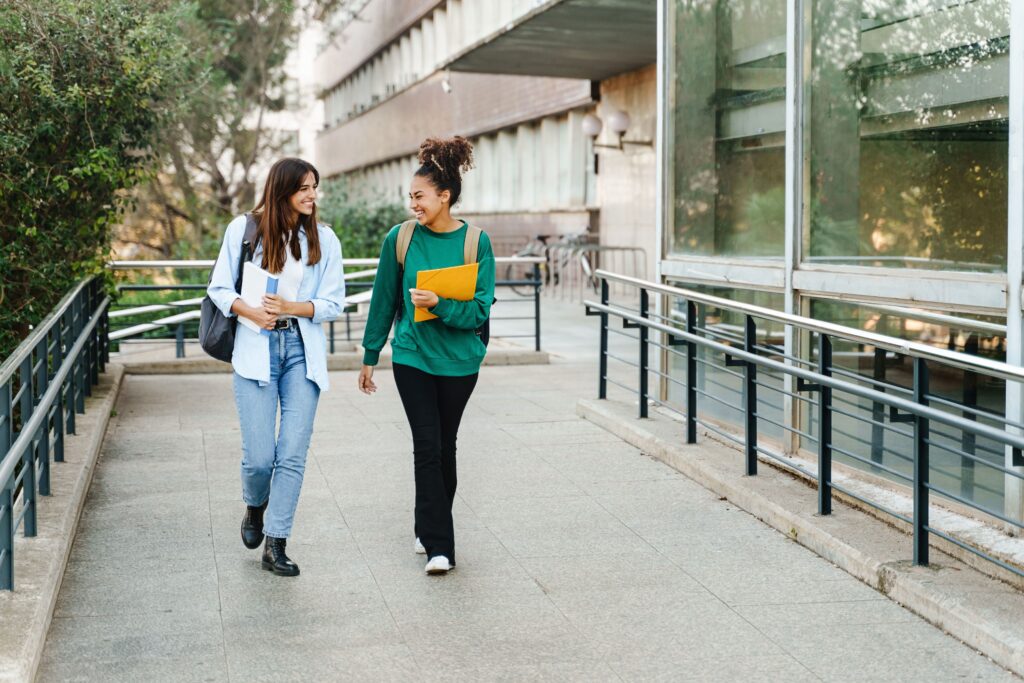Canberra is Australia’s vibrant capital city. Home to some of the world’s best international institutions, an eclectic entertainment scene and plenty of good food and drink, it’s the perfect spot for international students to study, work and live.
However, as cost-of-living pressures continue to be felt throughout the country, budget management has never been more important.
Insider Guides spoke to Xiaofeng and An Le, two international students studying in Canberra, about budgeting, expenses and their top tips for managing money while abroad.
The importance of budgeting
International students often face financial challenges. They need to consider the costs of moving abroad, finding accommodation, transportation, university fees, and food and entertainment. Even before moving to Australia, international students must prove they have enough money to cover their living costs. As per the Department of Home Affairs, you will need a minimum of $29,710 in savings to apply for a student visa.
While the cost of living in Canberra will vary depending on your lifestyle and where you live, you can expect to pay between $200-500 per week for accommodation. Thankfully, there’s no need to worry about finding accommodation in Canberra. If you’re attending the University of Canberra (UC) or Australian National University (ANU), you’ll be able to take advantage of their accommodation guarantees.
Eating out can vary from $10 to $20 for a meal at a casual eatery to $50 for a meal at a restaurant.
Concession card holders riding on Canberra’s transport network will pay no more than $4.94 a day. Public transport is also free on Fridays.
For An Le, this is why creating a budget has been crucial to track spending for her and her family.
“As someone who used budgeting apps in Vietnam, I continue to apply the same approach here,” she says. “I allocate specific amounts for rent, groceries, shopping, dining out and miscellaneous expenses.”
Consider putting money aside into an emergency fund for unexpected costs. This can help cover things like rent increases or other expenses if you’re suddenly without an income. Some online tools and apps can help you manage your budget. Check out our Cost of Living calculator as a guide.
Learning where to save
Xiaofeng says cooking at home has been a great way to save money. She also minimises her grocery costs by visiting the University of Canberra’s Food Pantry for free food and household goods, and browsing her local supermarket catalogues for cheaper prices.
She also takes advantage of free transport.
“For big public events in Canberra, there are always free shuttle buses, which are convenient. So don’t miss these great events and enjoy the day!” she shares.
Similarly, An Le has found an affordable apartment that offers free amenities to its residents. These include a library, cinema, gym, swimming pool, sauna and playroom. This means she doesn’t need to pay for a gym membership and can reduce her entertainment expenses.
Xiaofeng and An Le also suggest:
- Joining a supermarket rewards program to accumulate points that can be redeemed for discounts
- Meal prepping to reduce the cost of your grocery bill
- Taking advantage of free or discounted food at university food pantries, including University of Canberra’s Food Pantry and the Food Co-op near the Australian National University (ANU) campus, where students can access cheap meals and members and volunteers can receive additional discounts on products
- Walking or cycling instead of driving or using ride shares
- Choosing an affordable phone plan and using the free Wi-Fi at university libraries
What a day in Canberra can look like
Meals
A typical day for Xiaofeng includes a $5 coffee and a $10 sandwich for breakfast. Lunch is usually cooked at home with groceries from the Asian supermarket, followed by a bubble tea treat for roughly $12. If dinner isn’t eaten at home, Xiaofeng sometimes chooses to dine out, costing her around $20.
For An Le, an average day of her family’s expenses includes groceries, transport, and occasionally dining out.
Transportation
Canberra’s MyWay+ tertiary student fares cost $1.66 for all days and times. There is a daily cap of $4.94 on weekdays and $2.24 on weekends and public holidays. This means you can travel as many times as you want in one day and only pay the maximum price, while students can also take advantage of fare free Fridays.
Canberra is home to incredible nature and wildlife. Xiaofeng loves hiking on the weekends and spends about $20-50 on Uber rides so she can access the trails.
The location of An Le’s apartment means she can easily walk to campus, saving money on transportation costs while keeping her active.
Accommodation
The biggest expense for both Xiaofeng and An Le is housing. “I live in a UniLodge studio room. The weekly rent is around $320,” Xiaofeng says.
Through An Le’s budgeting system, she allocates 37 per cent of her household income to rent. This covers the cost of the apartment she shares with her husband and two children.
Miscellaneous expenses
Miscellaneous expenses include shopping, enjoying a day out with friends, and for Xiaofeng, additional cover for her health insurance, which costs $119 a month.
“I occasionally hang out with my friends and may spend around $50 to $100 on eating out together or going shopping,” Xiaofeng says.
An Le sets aside 5 per cent each month for shopping and 11 per cent for any other miscellaneous costs.
Final tips
Rated as Australia’s joint most affordable student city, the cost of living in Canberra is significantly lower than in other areas across Australia. This means you’ll be able to stretch your student budget further, and be able to experience all that life in Canberra has to offer!
Discover more about Canberra’s lifestyle, institutions, and employment opportunities with Study Canberra.






